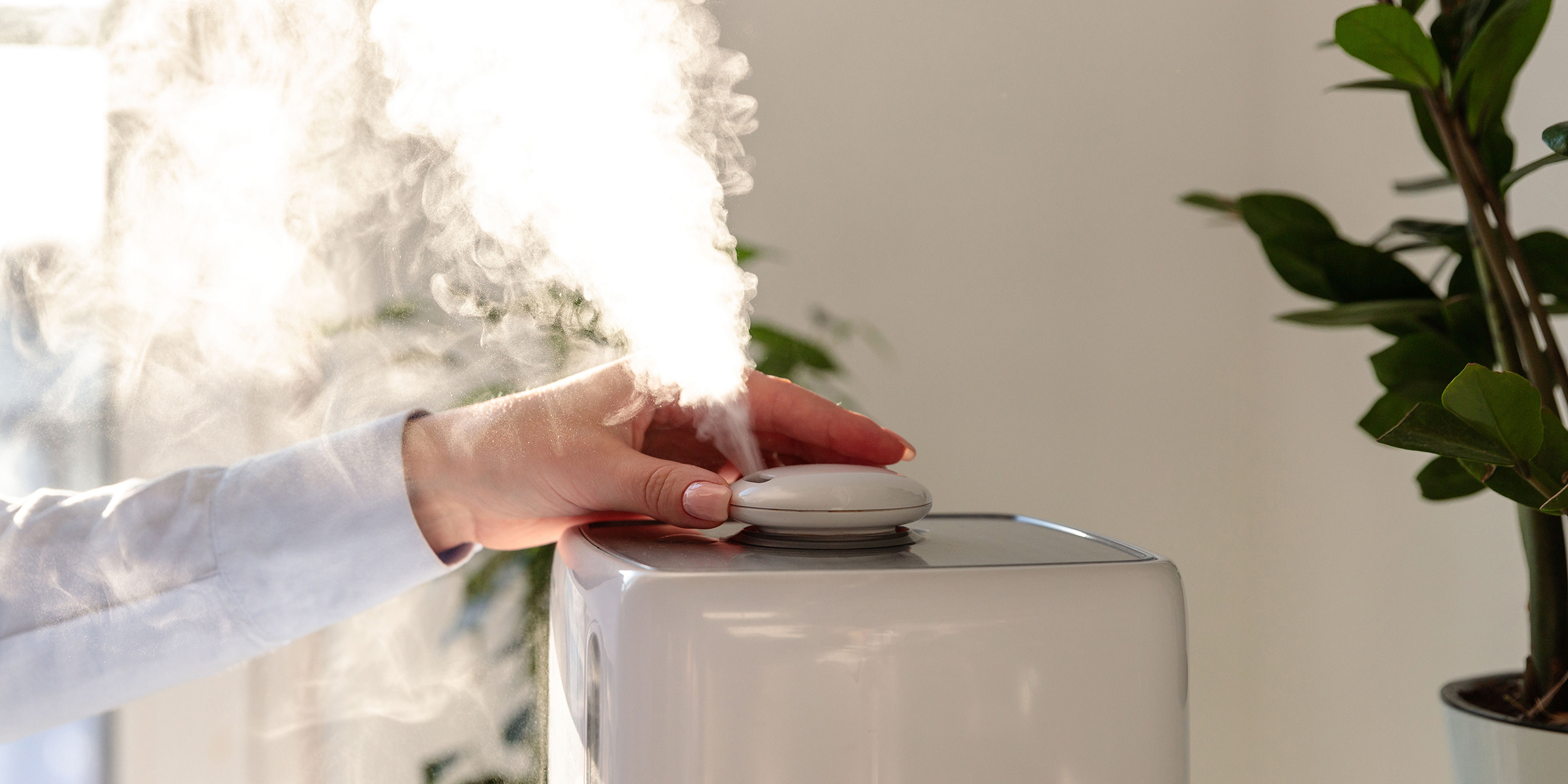
Humidified air can provide respite, but it can rapidly turn into a health threat if not handled appropriately. Centralized humidifier linked to the house heating system and steam vaporization is typical ways to humidify the air. House humidifying systems can provide comfort during the dry winter months, but they can also be harmful if not properly maintained. A few preventative measures can be the gap between averting and prolonging respiratory problems.
- Use Distilled Water With Your Humidifier And Replace The Water Daily
Distilled water has a lower mineral content than ordinary tap water. When distilled water gets utilized, your everlasting comfort humidifiers are less likely to release white mineral dust into your surrounding air. And that dust is less likely to go into your lungs. Some individuals believe that adding salt to the water in a humidifier’s reservoir would give it the scent and sensation of salty fresh sea air, which is a terrible plan. Salt dissolved in water can corrode metallic components, shortening the life of your humidifier, blocking the filter, and obstructing correct performance.
Aromatherapy oils can be added to some humidifiers, generally in a separate reservoir or tray. That’s great, but you should never attempt to incorporate essential oils in the water getting vaporized. It’s also a good idea to replace the water inside your everlasting comfort humidifiers, considering standing waters are an excellent place for mold spores and germs to flourish. Daily, empty and wipe off the water reservoir on your device, then refill it using clean fresh water.
- Control The Humidity Level In The Room
Don’t oversaturate a space with moisture. Humidity should not exceed 50% in a room since bacteria and mold can form when the humidity level surpasses this level. Allergies and asthma may be worse as a result of this. A building’s humidity ought to be around 30 and 50 % for it to be comfortable. To test the humidity in your house, you can acquire a hygrometer. To maintain moisture levels low, use your humidifier when necessary, rather than all of the time.
- Store The Humidifier Appropriately And Replace It As Required
Clean your humidifier well before storing it using a combination of water and vinegar or hydrogen peroxide or any cleaning solution indicated by the manufacturing company. All temporary parts, such as old filters or water cartridges, should be discarded, and the unit should be thoroughly dry. Before using it again, give it another rinse or wash. When you’re ready to use it again, order any replacement filters or cartridges you’ll require and store them together with the humidifier.
In addition, aging humidifiers may begin to fail with time. It might become difficult to prevent deposits from accumulating on the unit at a certain point, and that will be time to contemplate replacing it. The growth of bacteria will be more likely in the worn-out sections. If you’ve owned your humidifier for more than five years, it’s time to replace it. By replacing your old humidifier, you will minimize any risk of infection that you would have avoided otherwise.
Conclusion
A humidifier can enable you to provide moisture to a dry surrounding while also alleviating unpleasant health issues. However, not all humidifiers are created equal. To prevent causing certain health disorders, ensure you get a humidifier that fits your needs, use it only when necessary, and maintain it clean and in excellent operating order.